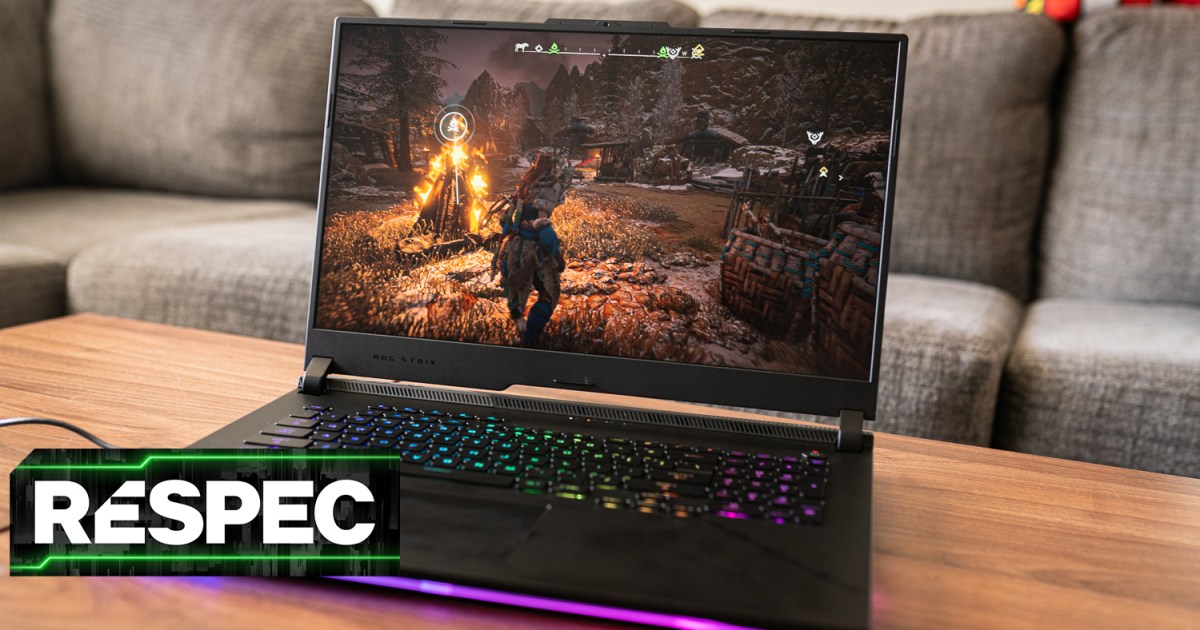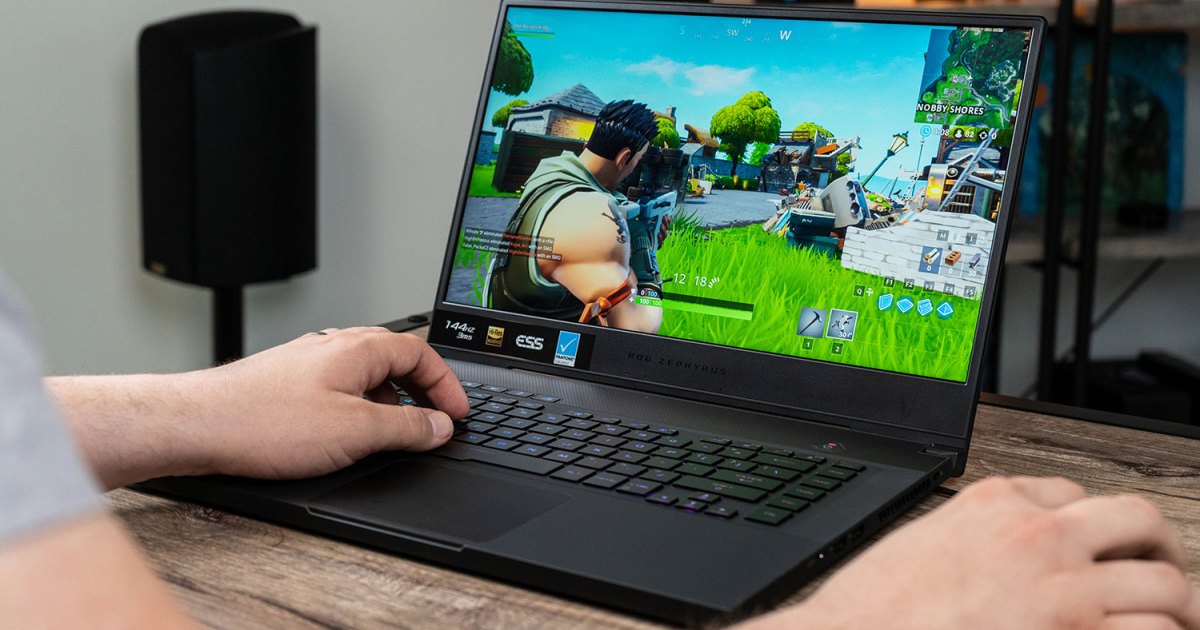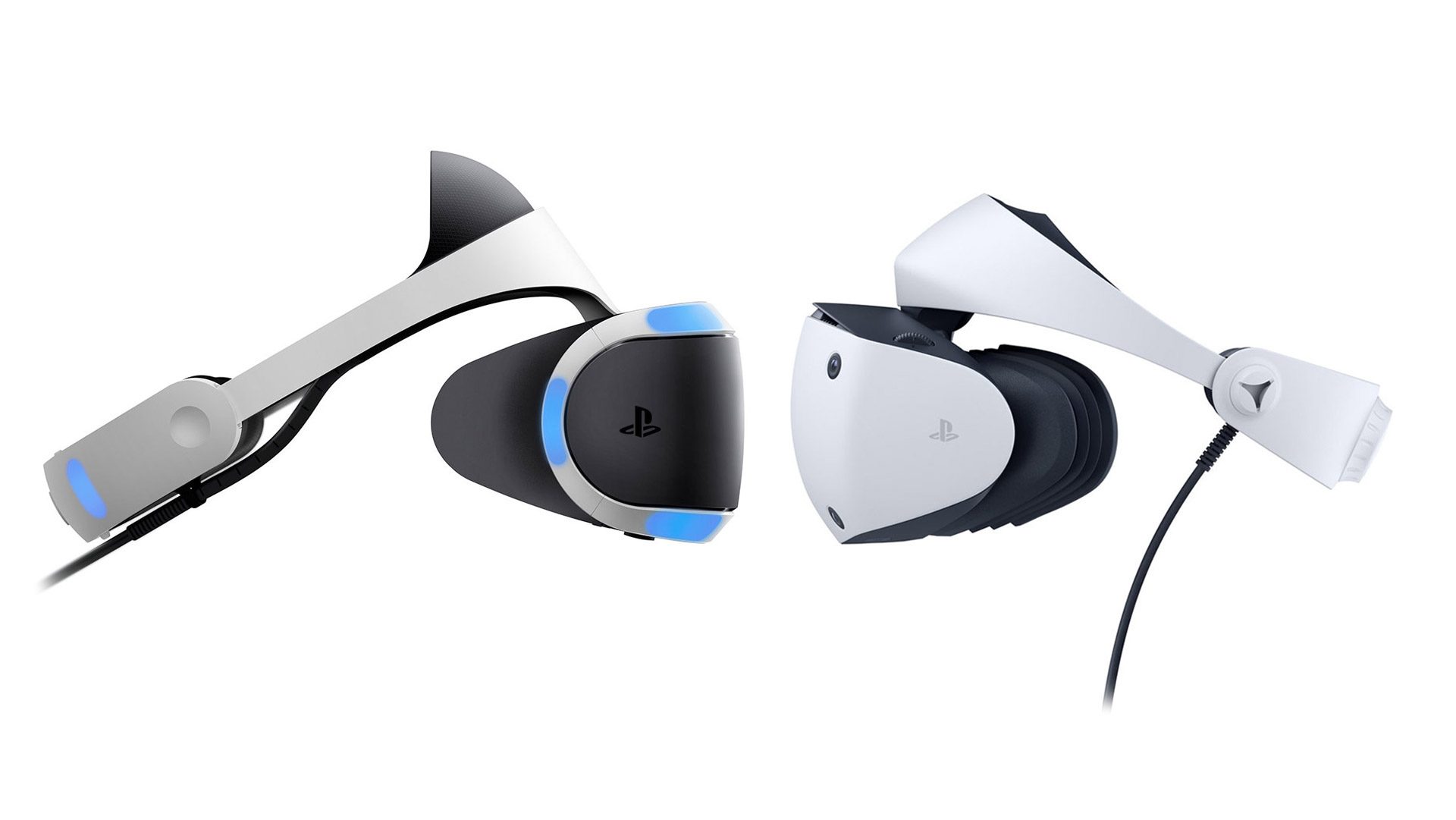How gaming laptops are still lying to shoppers

All around a calendar year back, I claimed that gaming laptops were lying to us. It was tough not to when you could not have confidence in the spec sheet to give you an strategy about how a laptop computer would perform. I hoped my annual examine-in would convey some advancements, but regrettably, the condition with gaming laptops has only gotten a lot more challenging.
Problems with graphics card electric power are even now current, but now processors are dissuading consumers as nicely. The spec sheet should notify you a lot about how a gaming notebook performs, but the situation in 2023 is a good deal a lot more convoluted than that.
Graphics electricity is continue to a trouble

First, we have to test in on GPUs. Last time about, I centered on the Overall Graphics Energy (TGP) spec in cellular graphics playing cards. In limited, mobile GPUs have a assortment of electric power that they are permitted to work at, which sales opportunities to some strange conditions wherever a weaker GPU on paper could outperform a a lot more impressive one particular.
My most important gripe, at the time, was that quite couple notebook brand names really outlined the TGP along with the graphics card, so the only way to locate out how a device done was to read an personal notebook overview. That situation has enhanced, but there are nevertheless issues with TGP.
Brand names that went on to record TGP as a spec in the past era have backpedaled with a new generation of graphics cards now. That is not a big trouble for a laptop computer like the Razer Blade 18, assuming Razer lists the spec the moment the laptop computer goes on sale. It is problematic for a machine like the Lenovo Legion Pro 7i, nevertheless, which is currently obtainable for sale on Lenovo’s web site without having a outlined TGP.

Equally, Alienware has nevertheless to update its power range for new RTX 40-sequence graphics cards. As we noticed in the past technology, there’s a superior chance that models will eventually listing TGP, but there’s no reason to delay that spec. As laptops like the Asus ROG Strix Scar 17 display, manufacturers should begin listing the TGP spec as before long as the notebook is readily available for sale.
TGP is so essential for the reason that it even now signifies enormous general performance gaps in gaming laptops. We’re by now viewing the cellular RTX 4080 outperform a cellular RTX 4090 in some circumstances, and that is between higher-conclude gaming laptops.
For instance, the RTX 4080 inside of the Lenovo Legion Pro 7i is speedier than the RTX 4090 inside of the Asus ROG Zephyrus M16 in 3DMark Time Spy, Red Dead Redemption 2 and Cyberpunk 2077. And the Lenovo laptop computer is all over $500 less costly.

I can explain to you that the Zephyrus M16 tops out at 145 watts of max TGP — 15W fewer than what’s probable with the card — but not the TGP of the RTX 4080 inside the Legion Pro 7i simply because Lenovo does not list it. We’re now viewing general performance gaps in between two substantial-conclusion, 16-inch laptops. When a broader crop of creator-concentrated laptops strike the industry, the gaps will be even broader.
Nvidia is nicely aware of this difficulty, thankfully. The corporation tells me that if you normalize the wattage involving two diverse GPUs, such as the RTX 4080 and RTX 4090, they’ll constantly drop in the way you’d expect at the identical wattage, the RTX 4090 will often outperform the RTX 4080. That clinical acquire might be genuine, but the truth for gaming laptops is that you are wanting for the finest general performance feasible, and if a machine with RTX 4080 outperforms 1 with an RTX 4090, there is however a difficulty.
I’m not advocating that TGP ranges go absent. That would vastly restrict the structure area readily available to laptop brand names. Even so, clearer branding would go a long way to inform purchasers. Slim TGP ranges would help, as properly. At the second, even a few watts in possibly course can have an impact on general performance, creating it hard to trust the identify of the graphics card in your laptop computer.
Processor names are baffling

Even with current laptop computer GPUs suffering from escalating pains, it’s crystal clear that makes are aware of how critical TGP is. I’m hopeful, at the very least, that clearer TGP listings will commence flowing out above the upcoming couple of months. Regrettably, AMD has launched a new challenge for notebook purchasers to contend with: CPU naming.
Informed customers know to search at the very first number in a CPU identify to determine out which technology it’s from. A “13” in front of an Intel processor indicates that it’s a 13th-gen CPU, whilst a Ryzen 7000 CPU is from AMD’s most latest era. That’s the assumption, but AMD isn’t delivering on it.
Ryzen 7000 mobile CPUs really do not all use AMD’s most modern Zen 4 architecture. As an alternative of the lengthy-standing custom of the 1st selection in a processor title noting the technology, for AMD, it now notes the model 12 months. The third number, as an alternative, notes the architecture it works by using. Perplexed? I really do not blame you.

The chart higher than reveals how the new naming scheme breaks down basically. This conference can direct to some pretty regrettable situations. For case in point, you can theoretically have a Ryzen 7 7710U, which would have AMD’s initial Zen architecture despite remaining branded as a Ryzen 7000 processor. Preserve in head that AMD debuted the original Zen architecture in 2017.
I really don’t feel anything at all malicious is likely on here, to be obvious. It’s very not likely that we’ll see a superior-end laptop sporting an architecture that’s half a ten years aged, and AMD is generating some try to different the more mature architectures with a distinctive colored badge. There is an argument that AMD was trying to simplify its branding by obtaining older architectures in spending plan-targeted machines drop below the same category as its flagship chips.
Even if that was the intention, the end result is far diverse. CPU naming conventions are notoriously intricate, but there has been a ton of operate by AMD and Intel to simplify the process for an normal customer. Up till AMD’s shift, you could at the extremely minimum glance at the era and the Ryzen 7 or Main i7 branding and get a common sense of wherever the processor fell in the lineup. It wasn’t a fantastic technique, but it labored.
AMD’s new naming conference tends to make that procedure significantly additional sophisticated. Not only do prospective buyers want to know about the design yr and lineup section, but they also want to know about architectures and which number showcases the architecture the processor is using. And that’s before we get into wattage ranges with mobile processors, which are bewildering on their individual.
A obvious path forward

Involving yr-aged architectures in processors and broken naming on cell graphics cards, it is difficult to get a gaming laptop in 2023. It is simple to compose off the naming conventions of main models, specially between nicely-educated customers who know the ins and outs of the most up-to-date tech. But even among the purchasers who have a sound grasp of generations and product or service lineups, there’s a whole lot of area for error.
There’s a distinct path forward in this article. For GPUs, we need to have much more branding to identify which are additional impressive and which are significantly less effective. TGP quantities enable and need to be stated as a important spec. But even some branding on Nvidia’s conclusion to note graphics cards running at maximum wattage or base wattage would go a extensive way in separating the wheat from the chaff.
For CPUs, it is a matter of keeping dependable. There’s place for conference improvements like AMD is rolling with, but it appears to be tone-deaf and intentionally misleading specified the established naming conventions laptop computer buyers have employed for a long time. Possibly as an alternative of segmenting more mature architectures under new names, AMD could just offer these processors as the older generations they are. They’d possibly market a whole lot fewer laptops, but that would be a better illustration of the electrical power in fact on faucet.
In the end, while, the best way to stay clear of these pitfalls is to study unique laptop computer opinions. I’m usually an advocate for clearer spec sheets so consumers are knowledgeable about what they are getting, but it doesn’t search like the predicament with gaming laptops is modifying any time soon.
This short article is component of ReSpec – an ongoing biweekly column that features conversations, assistance, and in-depth reporting on the tech powering Laptop gaming.
Editors’ Recommendations






